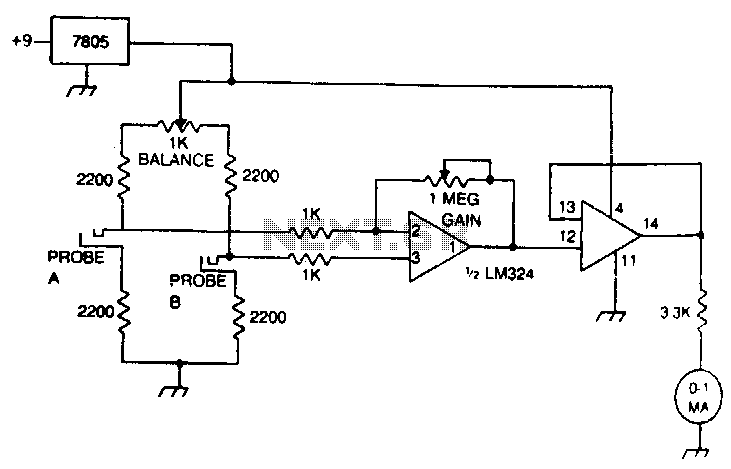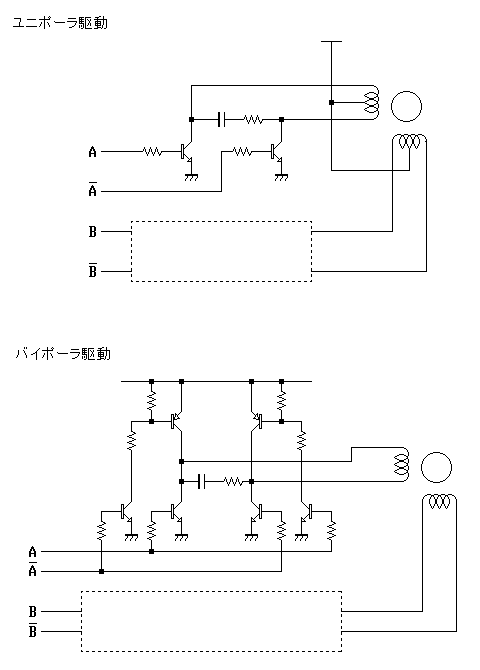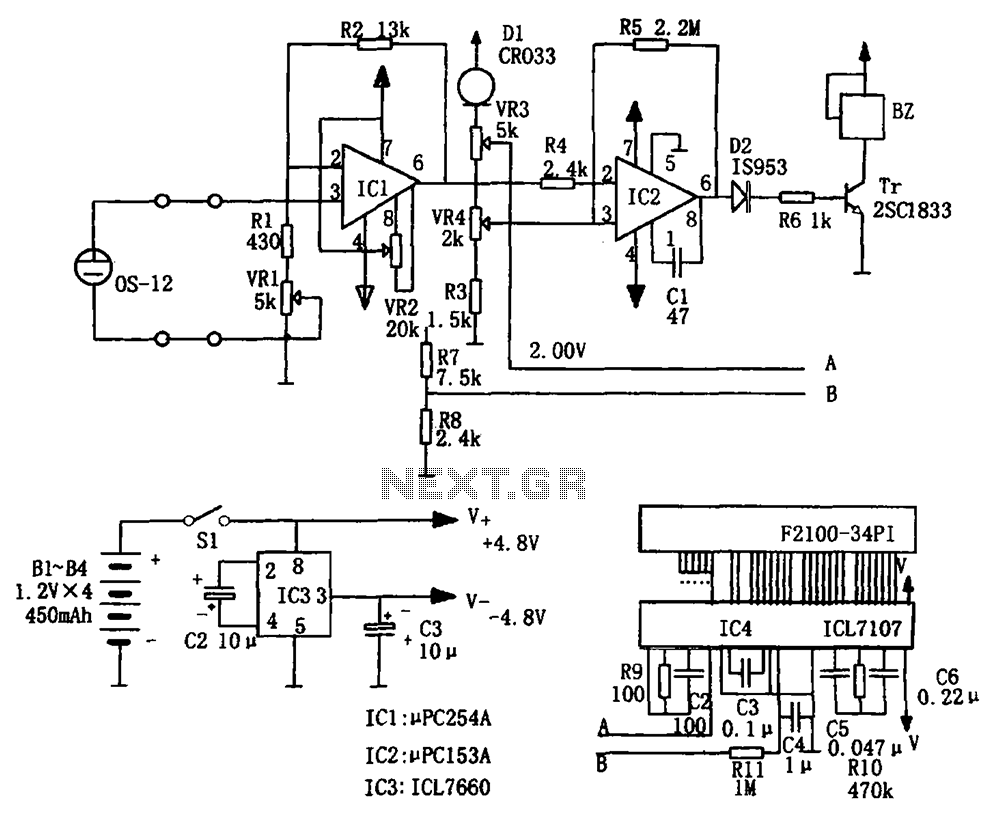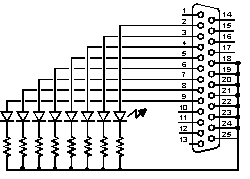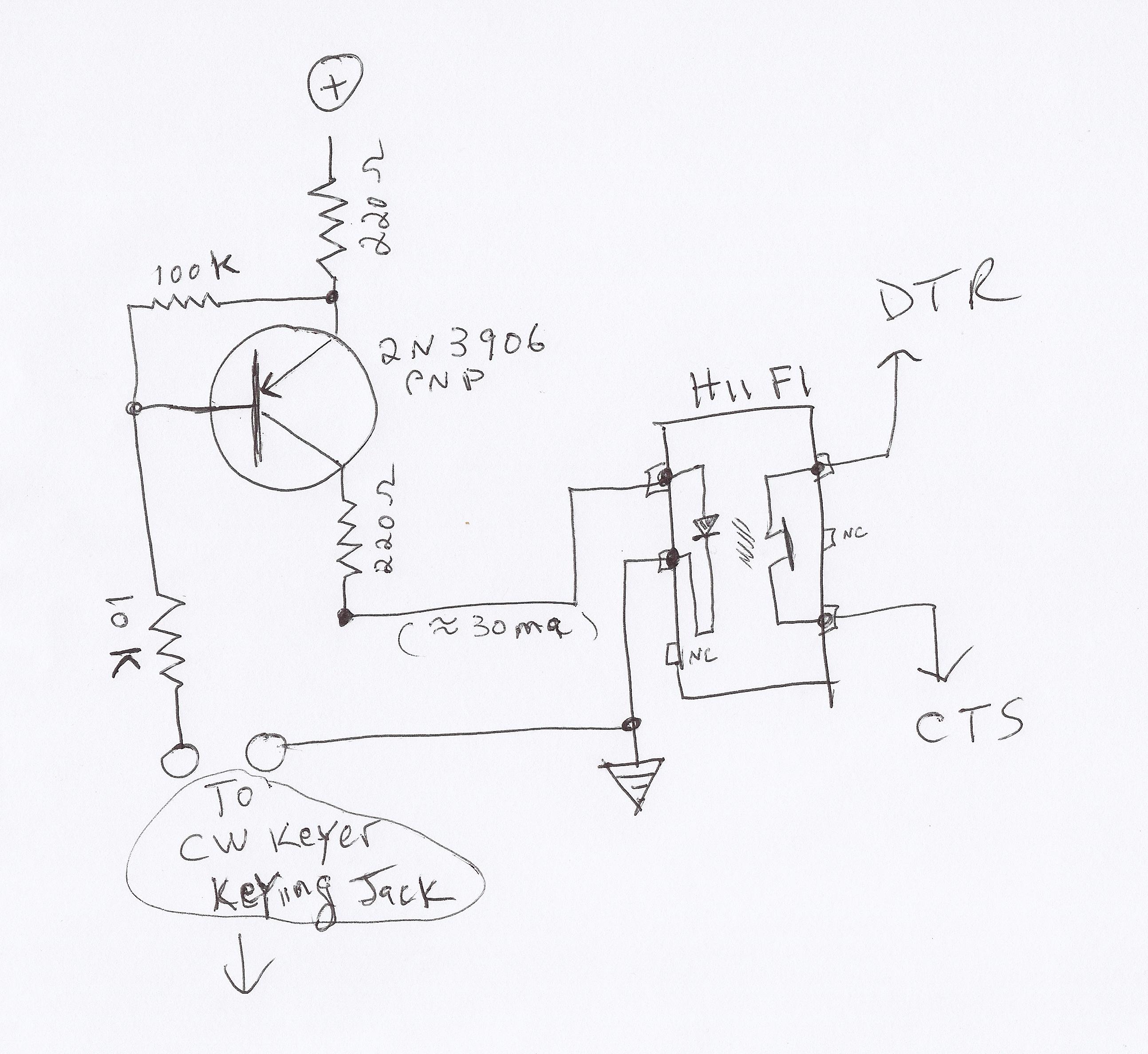
Controlling Devices Through a Computer`s Parallel Port
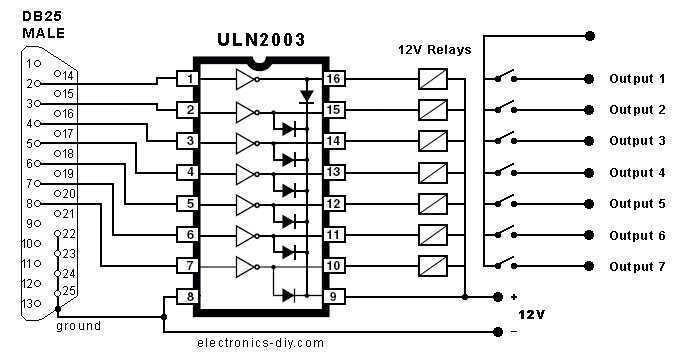
This is a very easy and fun to build project that will allow you to control up to eight external devices through your computer's parallel port. You may for instance control different appliances such as lamps, computers, printers, TV sets, radios, music systems, air conditioners, air fans, garden sprinklers, and anything else you can think of, all through your computer.
The project involves the design of a control circuit that interfaces with the computer's parallel port, typically an IEEE 1284 port. The parallel port provides eight data lines (D0 to D7), along with control and status lines that can be utilized for device management. The primary objective is to use these data lines to send binary signals that will activate or deactivate connected devices.
To build the circuit, an 8-channel relay module can be employed. Each relay will correspond to one of the data lines from the parallel port. The relays will serve as switches, allowing for the control of high-voltage appliances safely. The control circuit will require a transistor-based driver for each relay to handle the current required to energize the relay coil, as the parallel port output may not supply sufficient current directly.
A resistor should be placed between the parallel port output and the base of each transistor to limit the current. The transistor will act as a switch, turning on the relay when the corresponding data line is driven high. The relays will be connected to the external devices, ensuring that the devices are rated appropriately for the relay specifications.
In addition, diodes must be placed in parallel with the relay coils to prevent back EMF from damaging the circuit when the relays are turned off. The control software can be developed in a programming language that can access the parallel port, such as Python or C, allowing the user to send commands to control the state of each device.
Overall, this project provides a practical application of electronic control systems, demonstrating how a computer can interface with various home appliances through a relatively straightforward circuit design.This is a very easy and fun to build project that will allow you to control up to eight external devices through your computer`s parallel port. You may for instance control different appliances such as lamps, computers, printers, tv sets, radios, music systems, air conditioners, air fans, garden sprinklers and anything else you can think of, all through your computer.
🔗 External reference
The project involves the design of a control circuit that interfaces with the computer's parallel port, typically an IEEE 1284 port. The parallel port provides eight data lines (D0 to D7), along with control and status lines that can be utilized for device management. The primary objective is to use these data lines to send binary signals that will activate or deactivate connected devices.
To build the circuit, an 8-channel relay module can be employed. Each relay will correspond to one of the data lines from the parallel port. The relays will serve as switches, allowing for the control of high-voltage appliances safely. The control circuit will require a transistor-based driver for each relay to handle the current required to energize the relay coil, as the parallel port output may not supply sufficient current directly.
A resistor should be placed between the parallel port output and the base of each transistor to limit the current. The transistor will act as a switch, turning on the relay when the corresponding data line is driven high. The relays will be connected to the external devices, ensuring that the devices are rated appropriately for the relay specifications.
In addition, diodes must be placed in parallel with the relay coils to prevent back EMF from damaging the circuit when the relays are turned off. The control software can be developed in a programming language that can access the parallel port, such as Python or C, allowing the user to send commands to control the state of each device.
Overall, this project provides a practical application of electronic control systems, demonstrating how a computer can interface with various home appliances through a relatively straightforward circuit design.This is a very easy and fun to build project that will allow you to control up to eight external devices through your computer`s parallel port. You may for instance control different appliances such as lamps, computers, printers, tv sets, radios, music systems, air conditioners, air fans, garden sprinklers and anything else you can think of, all through your computer.
🔗 External reference
